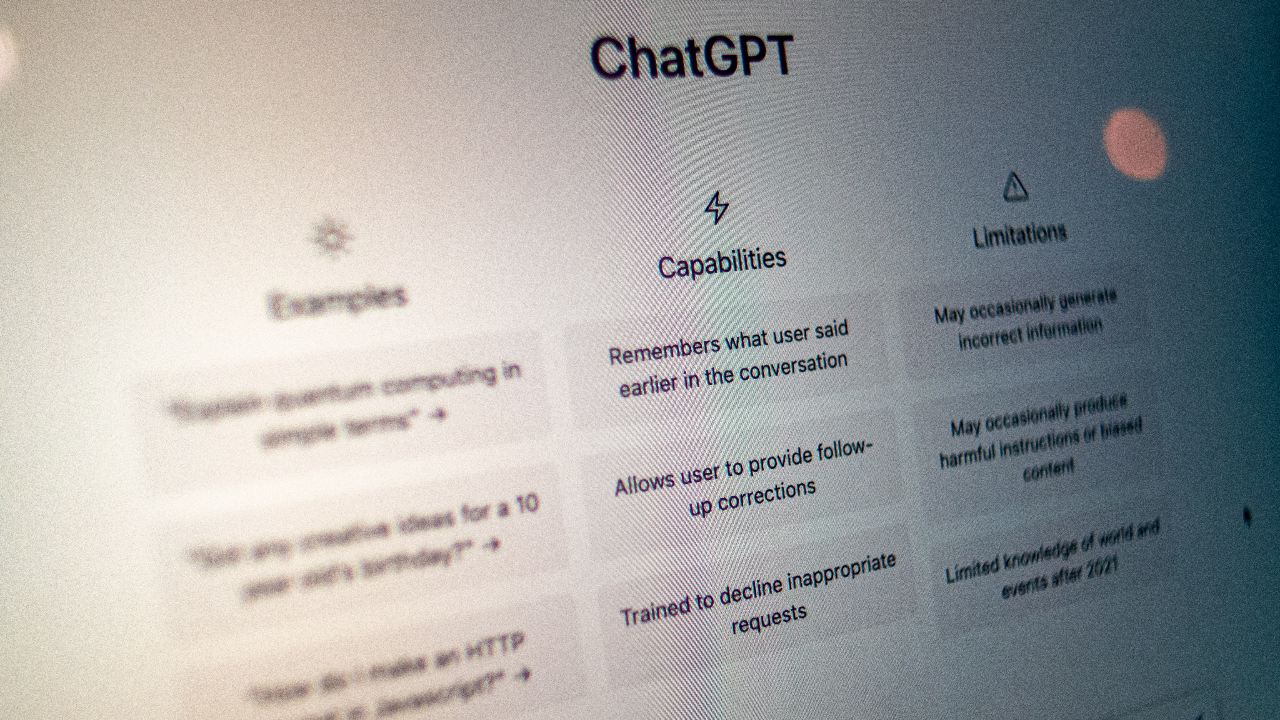News
OpenAI Unveils Four Classroom Applications for ChatGPT in Education

OpenAI, the organisation behind ChatGPT, a generative AI chatbot, has released a comprehensive guide to assist teachers in effectively integrating ChatGPT into their teaching practices. This FAQ-style guide is designed to empower educators with insights into the use of this AI tool, offering practical suggestions, an understanding of ChatGPT’s functionality and limitations, insights into AI detectors’ effectiveness, and discussions surrounding potential biases as reported by the Times of India.
Also Read: A Mamelodi Family Seeks Public Help in Locating Missing Daughter
In a blog post, OpenAI announced the guide’s release and highlighted how educators worldwide, including India, have harnessed ChatGPT to enrich their teaching methodologies.
Role-Playing Tough Conversations:
The guide recommends employing ChatGPT as a versatile role-play partner for students. It can emulate various personas, such as a debate partner who critiques their arguments, a recruiter conducting job interviews, or a supervisor providing feedback in a specific manner. Engaging with information in a conversational context enhances students’ comprehension of the material by introducing nuanced perspectives and fresh insights.
Creating Quizzes, Tests, and Lesson Plans:
ChatGPT can serve as a valuable tool for educators, assisting them in crafting quizzes, tests, and lesson plans and even facilitating role-play scenarios for addressing challenging conversations.
Assisting Non-English Speakers:
OpenAI’s blog post shares an example from the University of Johannesburg, where ChatGPT is employed to aid students in translation, enhance their English writing skills, and practice conversational English. The guide underscores that even minor misunderstandings of English grammar can hinder students’ recognition and opportunities, highlighting the importance of improving language proficiency.
Teaching Critical Thinking:
A case from a school in India is presented in the blog post. Geetha Venugopal, a high school computer science teacher at the American International School in Chennai, India, draws a parallel between teaching students how to use AI tools responsibly and teaching them responsible internet usage. In her classroom, she encourages students to approach ChatGPT responses critically, emphasising that the answers provided may not always be credible or accurate. Students are urged to evaluate the reliability of the answers and cross-verify information using primary sources. This approach aims to foster students’ original critical thinking, problem-solving, and creativity skills while appreciating the importance of discernment in the digital age.
OpenAI’s guide offers educators a wealth of strategies to leverage ChatGPT effectively, facilitating enhanced learning experiences and critical thinking development among students.
Also Read:
Follow us on Google News
Photo by Emiliano Vittoriosi on Unsplash






















